Pro Bike: Theo Bos’ Cervélo S3
An insight to how Cervélo uses their Test team
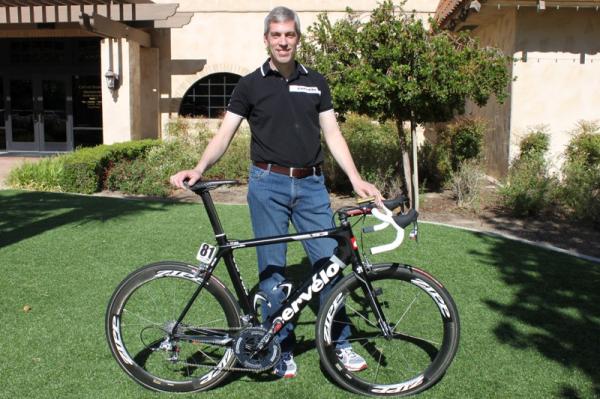
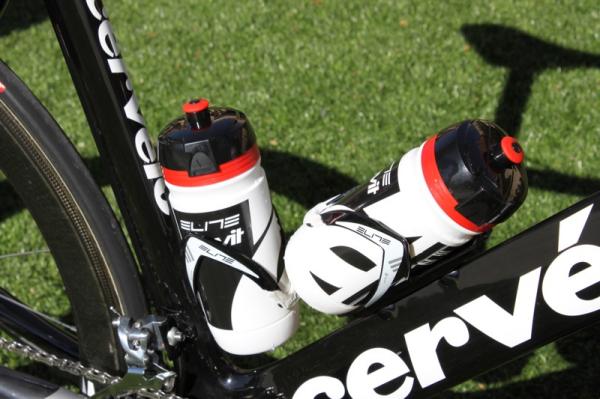
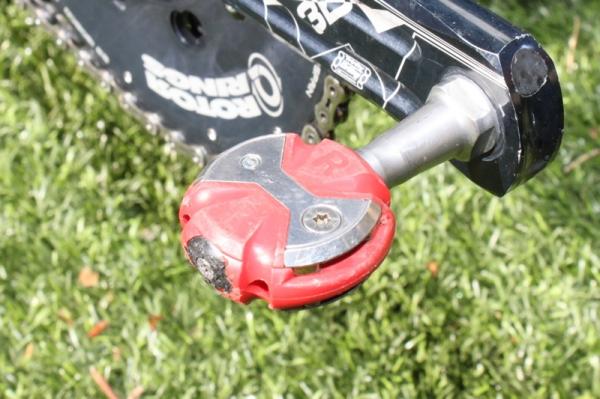
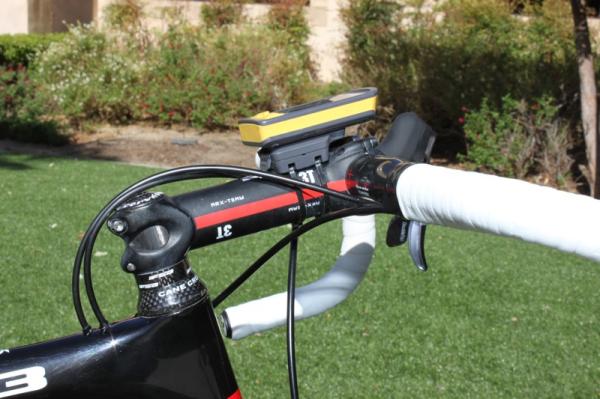
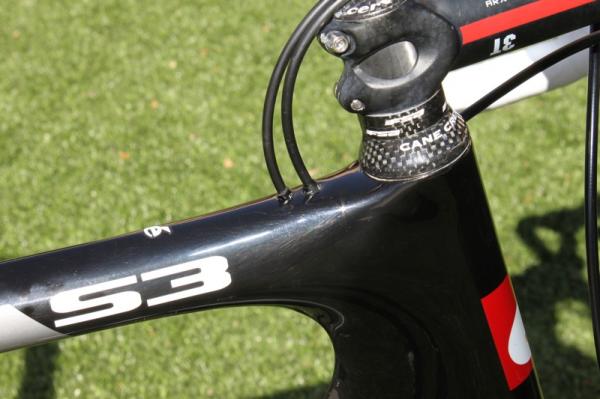
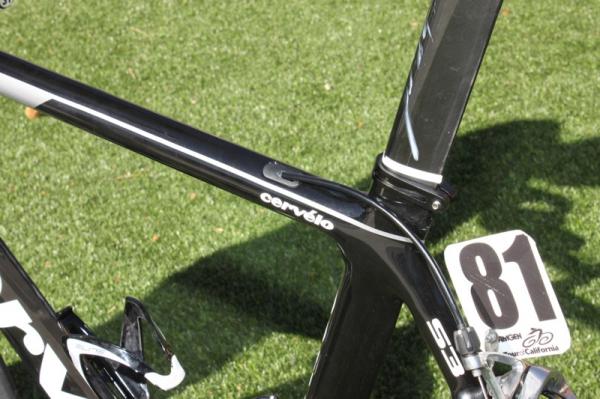
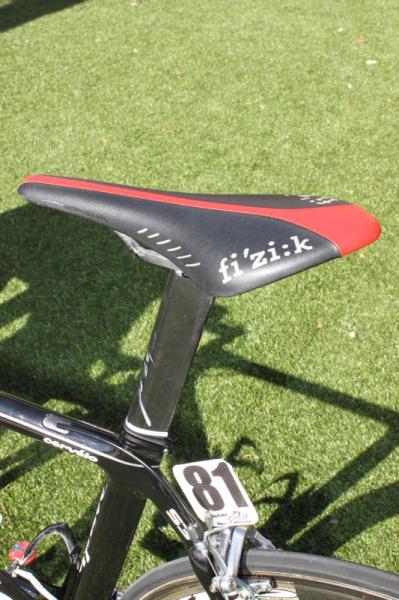
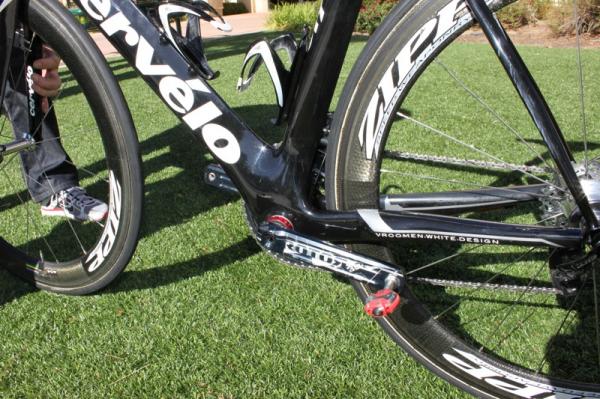
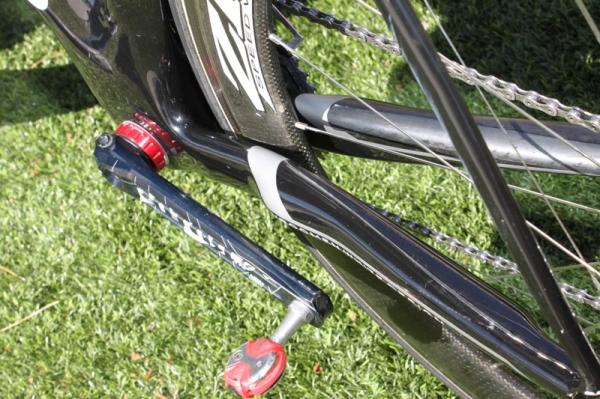
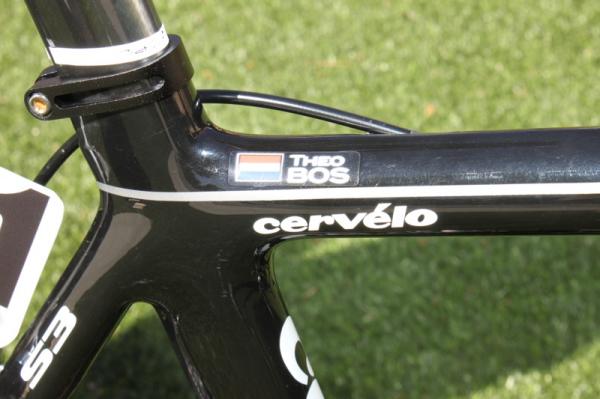
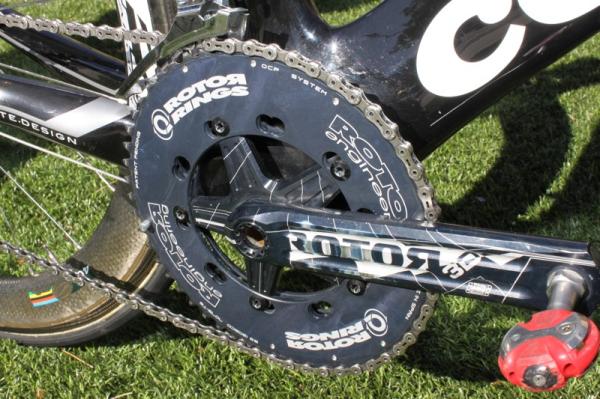
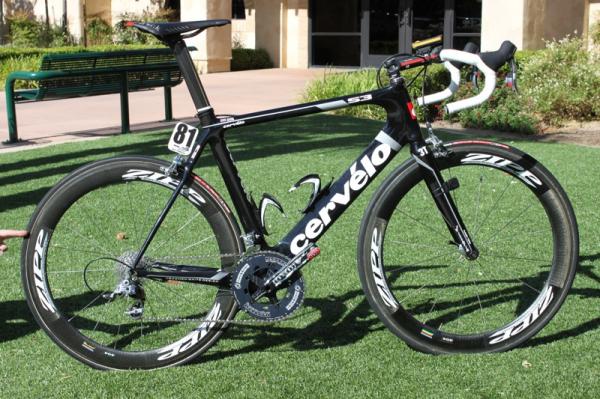
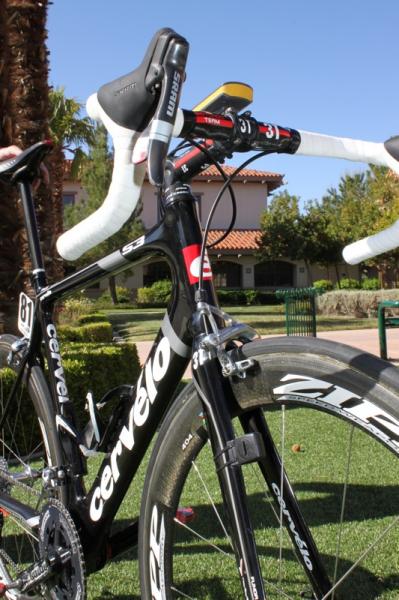
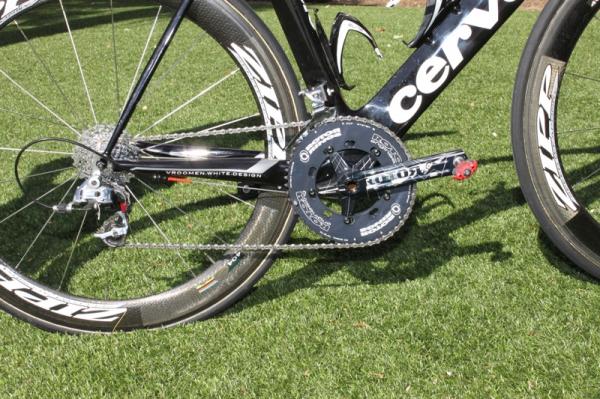
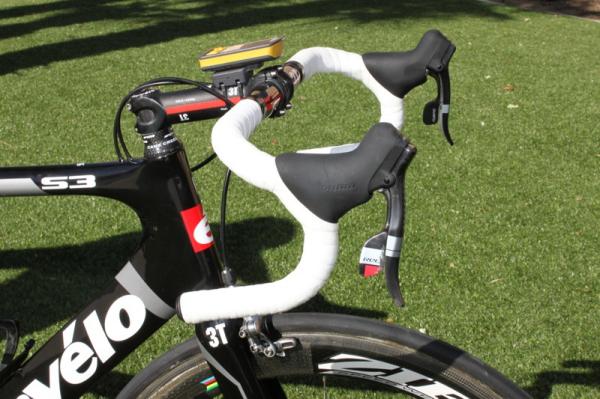
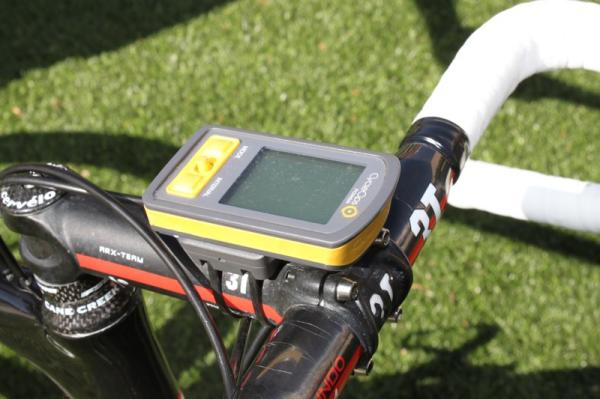
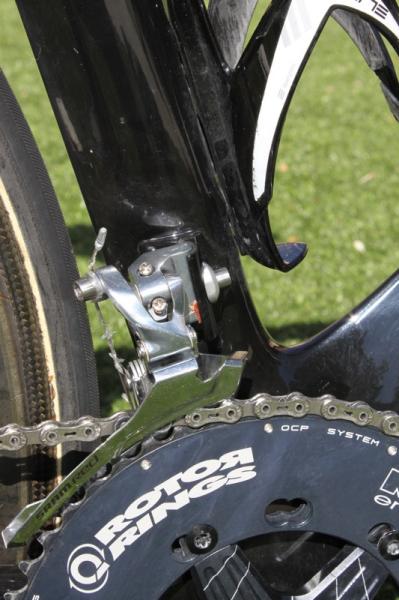
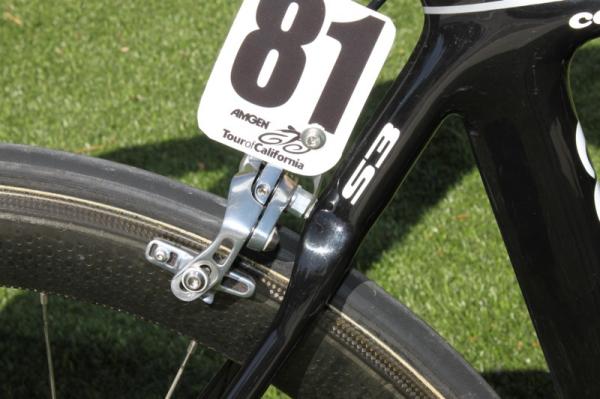
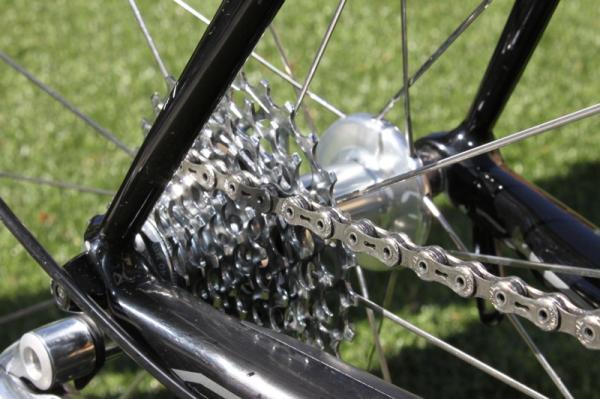
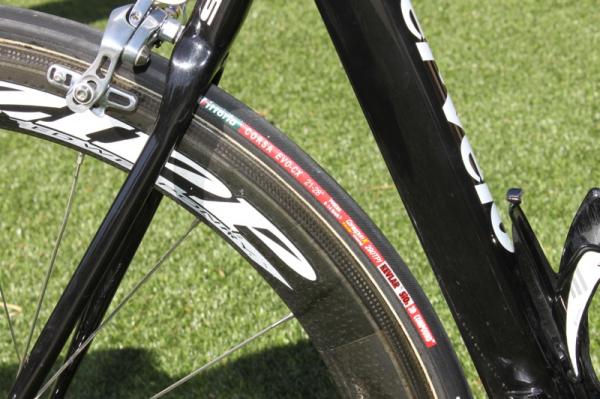
Multi-time track world championship medalist, Theo Bos, rides for the Cervélo test team and as the team’s name implies, testing equipment is a true part of the rider’s job.
Bos rides Cervélo’s S3 aero road frame, which is claimed by the brand to be more aerodynamic than half of the ProTour peloton’s time trial bikes.
Despite the performance claims of the team’s bikes they’re all stock equipment. The team orders frames from Cervélo just like any other distributor or bike shop, according to Damon Rinard, Cervélo’s race engineer, who’s dedicated to the team in a position that’s based on the concept of F1 teams having their own dedicated team engineers.
Cyclingnews was able to speak with Rinard, who also serves as Cervélo’s advanced research and design engineer for Vroomen-White Design, at length at the Amgen Tour of California to get a run down of Bos’ bike and how the Cervélo test program works.
“I spend most of my time in Toronto doing design work and research for V-WD,” said Rinard. “When I can I get together with the team usually not at a race, but before a race that’s when the best research is done, but Cervélo Test team has the word test in its name because we do a lot of testing but the races are, hopefully, not where we do our testing.”
Rinard and the team gather data and product information before the races. The team uses a four-step protocol. The first is a natural design based product development, which is akin to what any other manufacturer does when developing a new product.
The second is ‘race engineer testing’ or simply Rinard’s own lab and ride based testing, where he evaluates what the product in a manner that best emulates how the team will use it.
Get The Leadout Newsletter
The latest race content, interviews, features, reviews and expert buying guides, direct to your inbox!
“It can consist of anything I can think of,” said Rinard. “Usually I ride the thing myself; we make up laboratory tests. In Vroomen-White Design we have a test lab that’s at my disposal, so we can measure things, weigh things and stress things there.”
The third step is putting it on the Test team’s training bikes for the riders to evaluate and give their feedback. It gives both the riders and the team’s mechanics a chance to get their hands on the product and use it as they would for racing.
“The riders on the test team know that a third of their job is product development,” said Rinard. “Cervélo Test team has three pillars: racing, product development and fan access. The riders know that these components are their job, not just an annoyance.”
The fourth step only happens if everything is perfect in the first three steps.
“We race it,” said Rinard.
The fifth step, which is then out of the team’s hands, is production, should Cervélo or the partner decide that the product is ready for the market.
Bos rig
Bos’ S3 is decidedly standard. According to Rinard, the team doesn’t even hand select their bikes from stock they simply place an order and receive the batch. This means that, depending on size, when a bike is built it could go to you or Carlos Sastre or Thor Hushvod, and whom they go to isn’t pre-determined before they’re built.
The riders are allowed to choose their own handlebar curve, stem length, their position, saddle, gearing and crank length. This isn’t always the case, and especially wasn’t within European teams just a few years ago.
“There’s a philosophy at Cervélo Test team: rider centered, coach driven, success oriented,” said Rinard. “That means that the riders are at the center.”
One of the only prototype items we could find on Bos’ bike was a set of pre-production Rotor Q-Rings. The concept of the Q-Rings is to provide maximum gear ratio at the most powerful point of the rider’s pedal stroke, which is the opposite of what Shimano to did with Bio-Pace.
Bos’ rings differ in by way of the exaggeration of their shape, it’s much more subtle than the current production version of the Q-Rings. Rinard said that the new shape is called Pro Q.
“Rotor developed the rings over last season and through the winter and we saw it at the Test team for the first time in January at our training camp in Portugal,” he said. “We had just a few prototypes that went through race engineer testing in its un-anodized form and everything was good, so now it’s anodized and on the bikes for training and racing.”
Bos uses the Pro Q rings in their #4 bolt pattern position for both the small and large chainrings.
Though not a full redesign the team and production S3 frames now feature shifter cable routing though the top of the top tube versus ports in the side of the downtube.
Now instead of the cable housing entering the frame, as it previously did, it stops at the entry point and the cable is funneled through a stainless steel internal guide. The stainless tube is a permanent structural piece of the frame, says Rinard. The tubes are lined with standard nylon tubes and as a system cables can quickly and easily be inserted and routed through the frame without fishing for cables or housing in the frame. The system doesn’t gain weight over the previous either.
“It makes it real easy for the mechanic,” says Rinard. “They just shove the cable in and it comes out and it’s a lot better for the rider because we’ve reduced friction by 30-percent.”
Many of the Test team riders, Bos included, selected SRAM’s 11-28-tooth cassettes for the severity of the Palmdale to Big Bear Lake stage at Tour of California. Gear choice is up to the rider and Cervélo had to put in a rush request for more of the 11-28-tooth cassettes the night before the race’s queen stage.
“We were in the wind tunnel developing the P4 and this feature of the S3 is a result of that,” said Rinard. “All of the work that went into the P4 makes it the fastest UCI legal bike that you can buy and one of the details on the P4 are the chainstays.
The frame uses a standard 1 1/8in fork steerer to keep the front end as narrow as possible. Stiffness is bolstered through the use of Cervélo’s SmartWall tubing technology, which describes lateral ribs of high modulus fiber that run the right and left lengths of the bike’s main tubes.
Out back, the most interesting innovation is the uniquely bugled chainstays.
“We’ve updated the S3’s chainstays to make them more aerodynamic,” said Rinard. “You can see by the dimensions that they’re fairly wide laterally. The side benefit is that the chaninstays being wider, naturally makes them stiffer. So we get a stiffness increase and an aero drag reduction.
Aerodynamic, stiff, but probably the greatest benefit to thank the Cervélo Test team for is the new easier cable routing — thanks team.
Complete bike specifications: